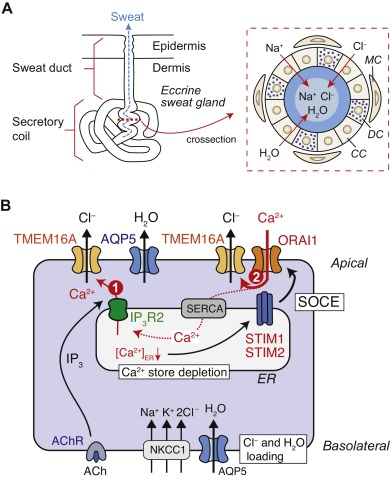Hi Gingergrrl,
I didn't read the paper (it's behind a paywall), just the abstract. I just found interesting the connection between L-type calcium channels and mast cells. I already know that calcium signaling plays a role in the regulation of mast cells, and I hope to find details. I hypothesized (already months ago) that a disruption in calcium signaling may lead to mast cell issues, too, including mast cell activation.
I imagine calcium signaling a bit like digital signaling with "0" and "1" (that's oversimplified). Depending on the arrangement of 0 and 1, you have a different content. Eg. 1001 would say "get me protein 1", 1100 would say "activate receptor 2" etc. In calcium signaling, that would be "sinusoid signal", "monotonic increasing signal", "puffs" etc. In digital signaling, it is not uncommon to have errors. There are checking and correction processes - as often in calcium signaling. But if an error slips through, you have a different signal. And this could lead to problems. E.g. if your Calcium signal is falsely too strong (I'm just inventing), mast cells think they have to "activate", although they shouldn't. This in turn may lead to "feedback loops", and so mast cells are activated and activated, substances are set free which may lead to inflammation or whatever.
I don't know if one can be tested for L-type channels.


